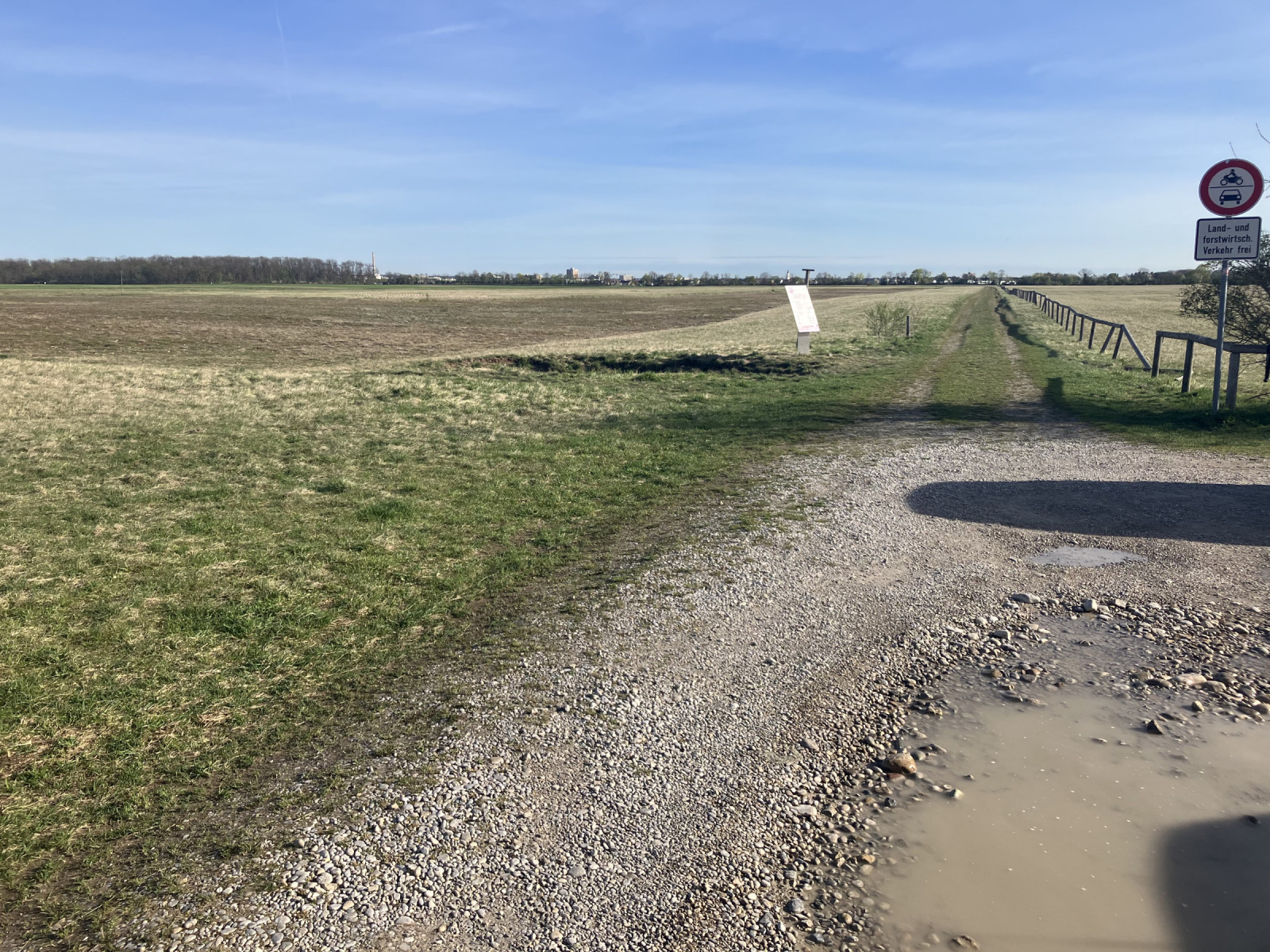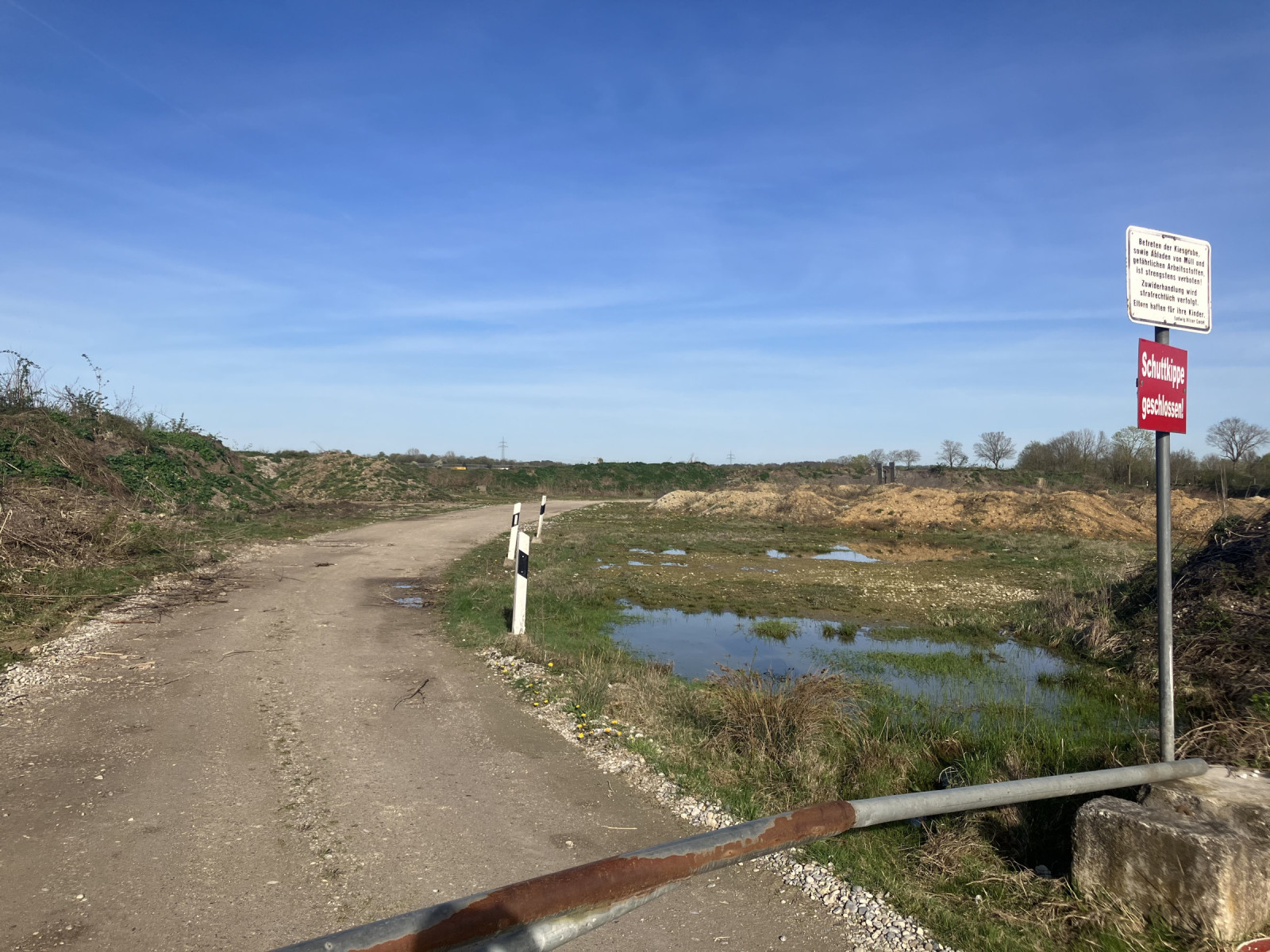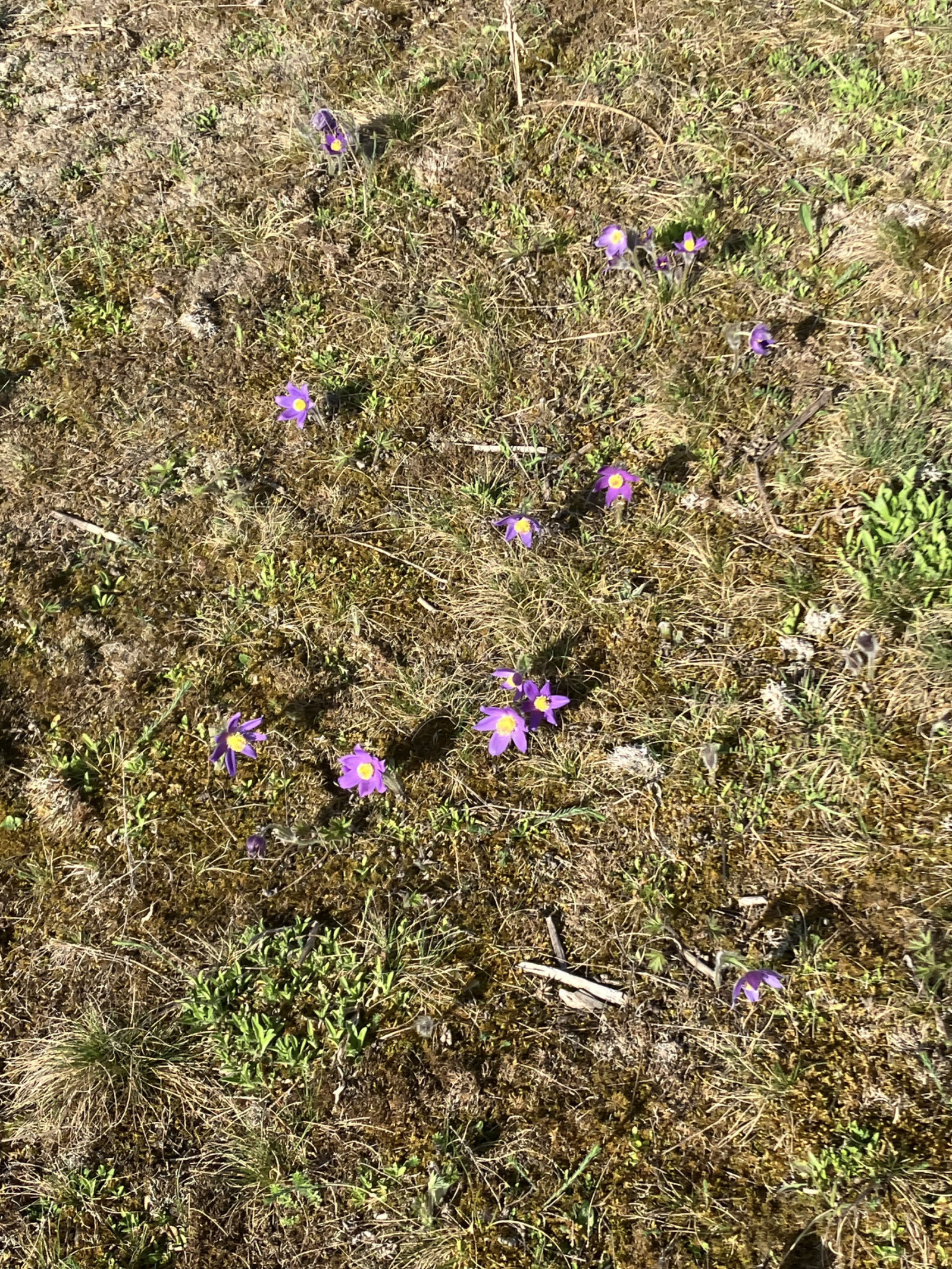Opis
The Garchinger Heide is primarily known for its botanical rarities, for example one of the last German occurrences of the Eastern pasqueflower (Pulsatilla patens). Due to the strict protection and biotope maintenance, the area has also become a retreat for field and meadow birds that have become rare elsewhere. Breeding birds include kuropatwa, przepiórka, bażant, czajka, makolągwa and potrzeszcz, as well as the omnipresent skowronek and trznadel.
In spring and autumn, you can see białorzytka, pokląskwa, kląskawka and pliszka żółta resting on migration. błotniak zbożowy and srokosz are present in winter. łabędź niemy, gęgawa, kokoszka (zwyczajna) and łyska breed on the quarry pond (Baggersee am Hart).
You can also take a little detour north to the small nearby nature reserve Echinger Lohe, where dzięcioł czarny can be observed. The circular walking route indicated on the map also passes through Echinger Lohe.
Szczegóły
Dostęp
The Garchinger Heide is located on the road between Eching and Dietersheim. There is a parking site at the entrance to the nature reserve. Click on the P in the map for directions to the parking. You can also easily reach the area by bike from the Eching train station, where the S1 from Munich or Freising stops every 20 minutes. The circular walking route indicated on the map is about 6 km.
Teren i siedlisko
Łąka , Rzadkie drzewa i krzewy , Wrzosowisko , Staw , Jezioro , Rolnictwo/uprawy , Równina , LasWarunki
Płaski , Otwarty krajobrazTrasa dookoła
TakCzy luneta będzie przydatna ?
Może być przydatnaUdany sezon obserwacyjny
Przez cały rokNajlepszy czas na wizytę
Wiosna , Wiosenne migracjeTrasa
Wąski szlak , Droga nieutwardzona , Szeroka ścieżkaPoziom trudności szlaku pieszego
ŁatwyDostępne
Pieszo , RowerCzatownia/platforma obserwacyjna
NieDodatkowe informacje
Please note the local information boards about the protection of the endangered animal and plant species in the nature reserve. Stay on the marked paths, do not damage plants or disturb animals.
Linki
- Flyer Garchinger Heide (deutsch)
- LBV Freising Garchinger Heide (deutsch)
- Tourismus Kreis Freising Garchinger Heide (deutsch)


